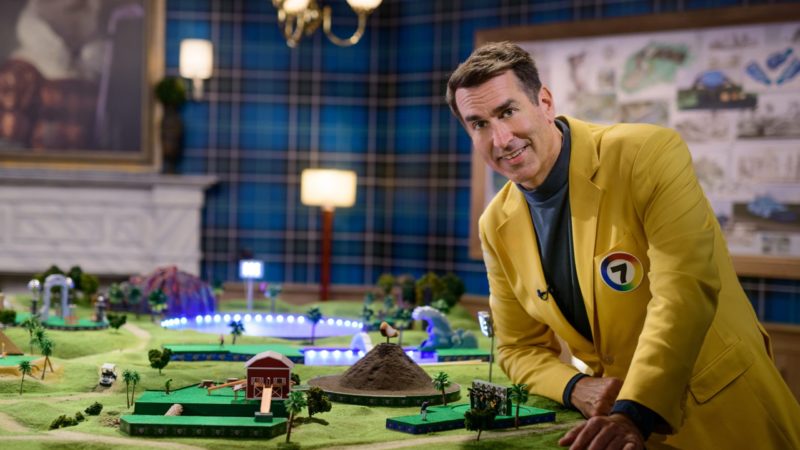Holey Moley’s EP on predicted ratings success, and the ‘big investment’ in a local course: ‘It’s all actually worked out favourably’
Holey Moley’s executive producer, Andrew Backwell, is ‘hoping for a big [ratings] number’ when Seven’s new format launches next Monday night, up against Ten’s The Amazing Race. In this interview with Mumbrella’s Brittney Rigby, he explains why the big investment in a local course will pay off, and how the show provides necessary diversity to Seven’s content slate.
“Last year we took all our contestants and our team over to LA to film it on the ABC America set. Three days into shooting, we had to close the whole production down and bring everyone back to Australia due to COVID. If it had all happened like a week later, 10 days later, we would had the whole series in the can and it would have been to air at the end of last year.”
As executive producer, Andrew Backwell, explains, Holey Moley’s production didn’t go to plan.

Riggle

